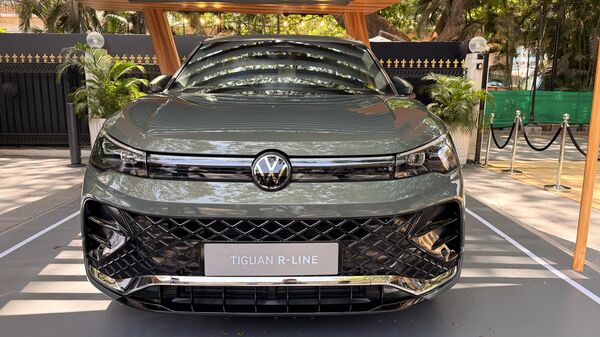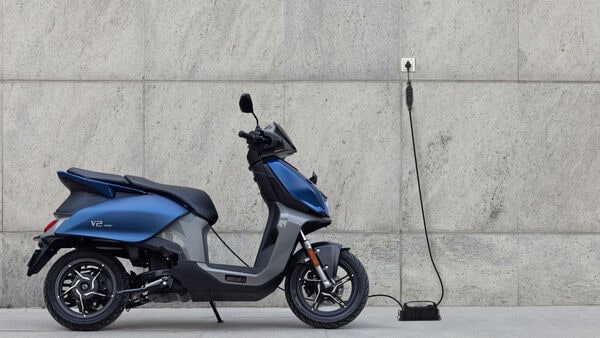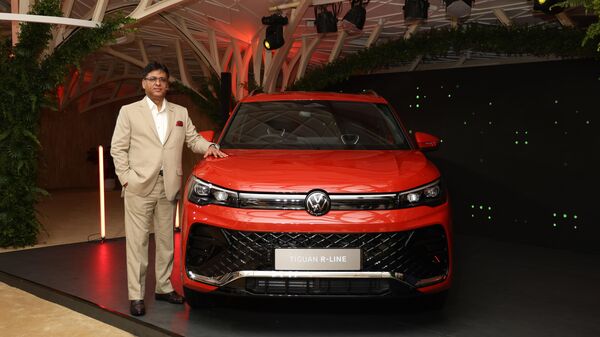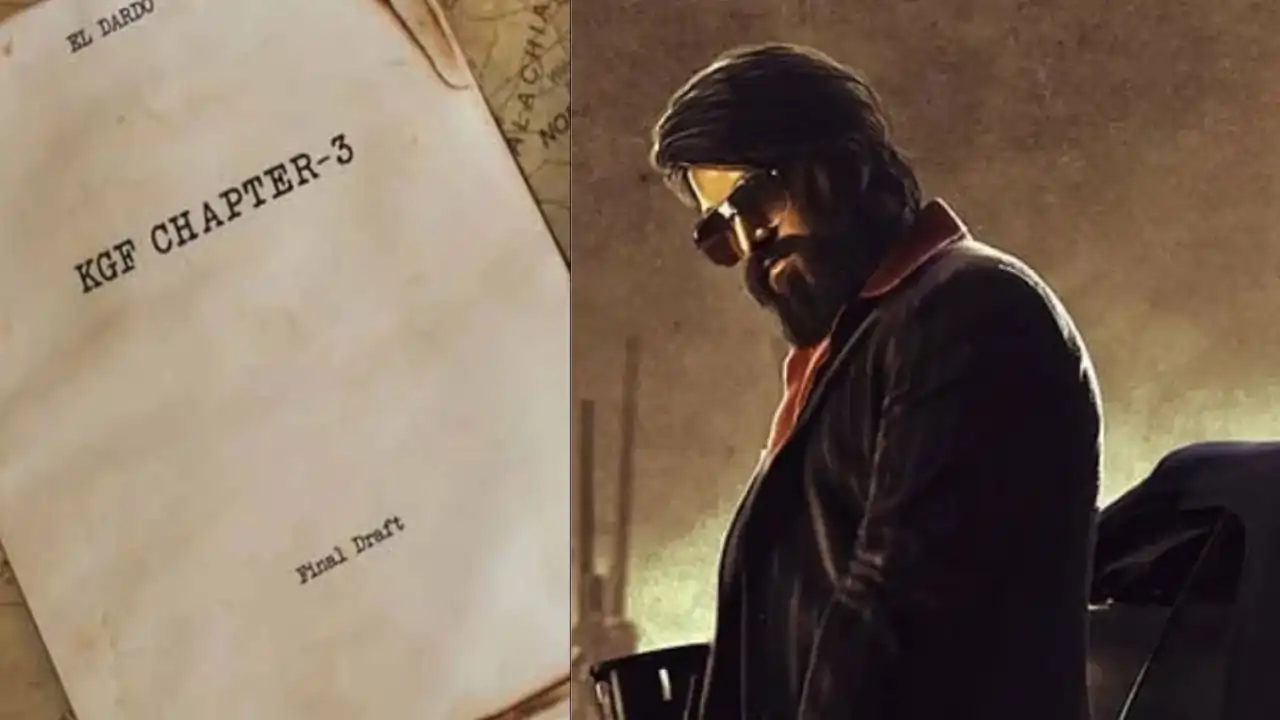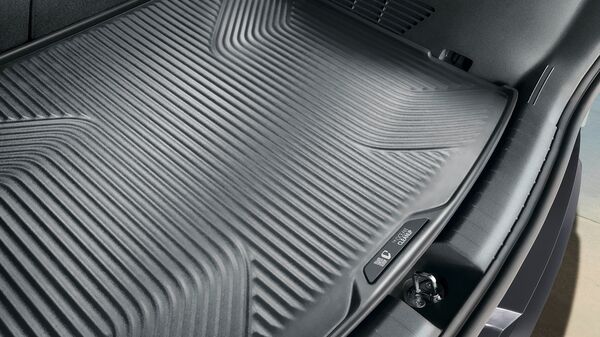
This Kia EV3 boot-mat accessory is helping save the Pacific Ocean from garbage. Here's how
5 months ago | 5 Views
Kia Corporation has developed a trunk-liner accessory for the Kia EV3. This trunk liner isn't just your regular trunk liner but according to Kia, is one of the world's first sustainable trunk mats made from the plastic retrieved from the Great Pacific Garbage Patch (GPGP). This is achieved as a result of Kia’s collaboration with The Ocean Cleanup.
The Ocean Cleanup, is a non-profit dedicated to large-scale ocean plastic removal. The two have been in partnership since 2022. The new product is a limited edition with select target markets and it will be available at the time of the EV3’s market introduction.
Kia EV3 Trunk liner: Design and composition
The sustainable trunk liner draws from Kia’s ‘Opposites United’ design philosophy. It gets a surface pattern reminiscent of ocean waves and the process of waste collection. Constructed from 40 per cent recycled ocean plastic, the accessory is engineered to meet the same durability, protection and functional standards as conventional trunk liners. The liner also features a QR code, which leads to in-depth information on the development process and Kia’s partnership with The Ocean Cleanup.
Kia EV3 Trunk liner: Recycling process and challenges
The designing process of the trunk liner required a specialised recycling process to transform plastic waste extracted from the garbage patch into high-quality material that met Kia’s automotive standards. Unlike ocean-bound plastic, which is often caught before it enters the sea, GPGP plastic is garbage which has been circulating in the ocean for an extended period of time. This long-term exposure creates certain challenges, making it important to comply with a ‘Chain of Custody Standard’ to verify the origin and quality of the recycled material.
To convert ocean plastic into a viable automotive-grade product, the plastic catch undergoes sorting, cleaning and a complex recycling process that ensures consistency and strength. These steps are key in meeting the demanding requirements for automotive components, where long-term durability and safety take priority.
Read Also: Kia Carnival fuel efficiency revealed


